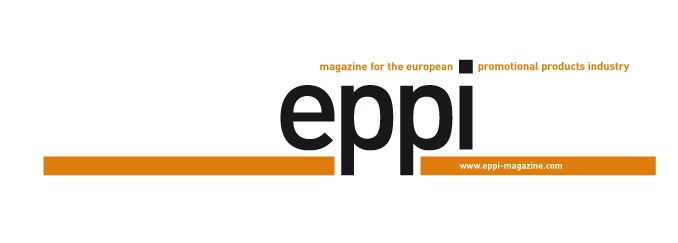Another highly-demanding year is drawing to a close for the European promotional products industry: The vaccination campaign over the summer months had only just started to curb the infection rates which in turn would enable the economy to recover, when an unprecedented international supply chain crisis set in bringing new problems with it. Now, the fourth COVID wave is hitting many regions in Europe, on top of that the industry is having to face the consequences of Brexit and numerous strategic challenges. The fact that the promotional products industry can look optimistically ahead to the future in spite of all these challenges, is due to its huge flexibility and resilience. A review of 2021.
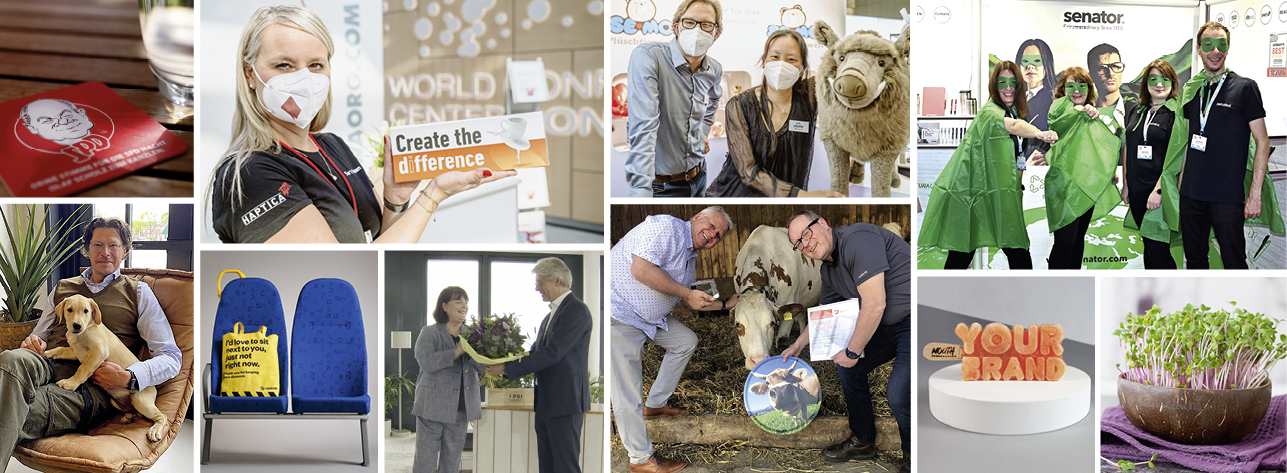
No year in the more recent (industry) history has ever started as bleakly and at the same time as promisingly as the past year. At the beginning of 2021, expansive parts of Europe were in the midst of the third Corona wave and found themselves in a state of lockdown. After a relatively respectable Christmas business, months of strong turnover losses followed again. The traditional trade shows at the beginning of the year, which the industry uses as meeting platforms and for presenting its novelties, where one captures the mood and sets the course for the new year, were all cancelled due to the contact restrictions. Neither the PSI, nor the RemaDays, the CTCO nor the pte, the Promogift nor the Merchandise World, the HAPTICA® live, the GWW-Newsweek nor the markeding were able to take place as planned – the event calendar remained empty right through to the spring.
For companies from the United Kingdom the beginning of the year was additionally characterised by the customs border between Great Britain and the EU, which became reality after the end of the Brexit transition period on January 1, 2021. The consequences were tangible immediately: Massive queues of lorries at the borders at the beginning of the year, huge delivery delays and an enormous bureaucratic effort. According to Eurostat, the EU exports to Great Britain sank by 27.4% in January compared to the same month of the previous year, indeed British exports to Europe by an incredible 59.5%. Piles of paperwork as a result of the customs formalities, complicated tax rates, new norms and regulations, hassle with the logistics companies that were on the one hand completely overwhelmed and as a result unavoidable price increases – all of which put some people off trading between the EU and the UK on both sides of the English Channel. Many British companies have in the meantime taken countermeasures by processing their EU business via newly-founded or existing subsidiaries or via logistic hubs inside the Union. The initial difficulties have still not been overcome by far yet and the long-term consequences of Great Britain’s exit from the EU can still not be assessed at all. The Brexit has already had a major negative impact on the pan-European promotional products business. At least the United Kingdom emerged from the lockdown comparably fast thanks to its welladvanced vaccination campaign. Further regions of Europe followed suit because with the approval of the COVID-19 vaccines, the vaccination campaign finally started picking up speed in the summer. People started to sigh with relief, life returned as we know it, the shops, pubs and hotels opened again; concerts and festivals were allowed to take place. The tourist industry was delighted that hordes of people set off on holiday after many long months of travel bans.
Turbulences in the trade fair business
The fact that trade shows and events were allowed to be staged again in the summer not only brought back part of a significant market and turnover driver – albeit to a modest degree, but also one of its most important sales and marketing tools. The restart of the trade fair business was accordingly euphoric – the optimism and the joy at meeting up again was clearly tangible at the many events that took place all over Europe between August and October 2021. As was the case in 2020, the event calendar of the autumn trade fair season was even more fully-packed than before Corona – because not only were numerous events staged that had been postponed earlier in the year or substituted by smaller versions, new formats also forced their way onto the market. For example, the first German edition of the Lieferantentage was held in Giessen in August – a spin-off of the Dutch Leveranciersdagen event. The advance of the Dutch organisers, Het Portaal, had caused a big stir in the run-up to the show, as did the intention of 656 Editions, the makers of the CTCO in Lyon, to launch CTCO Germany in Essen in January 2022 parallel to the PSI Show in Düsseldorf. However, the initiators of the CTCO Germany recently cancelled the event for 2022 due to a lack of sufficient planning security.
It must however be assumed that the trade show business will remain turbulent, because the market continues to be extremely competitive in the light of the pandemic-related tight budgets and sinking numbers of visitors and exhibitors. Corona has caused the organisers a lot of damage – especially large, international platforms such as the PSI Show, which were only able to take place in digital form in 2021. On top of this there was a change in management at Reed Exhibitions – the owners of PSI: the long-standing PSI Director, Michael Freter, stepped down in May 2021 after an interim phase. It remains to be seen how things at the self-declared “leading trade show of the promotional products industry” continue and which other players and events will manage to survive or re-establish themselves.
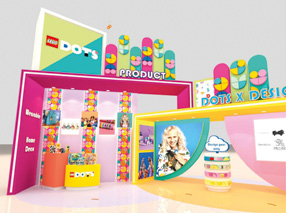
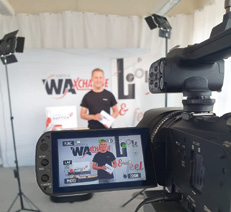
Digitalisation and sustainability
Irrespective of all upheavals and difficulties in the trade fair sector, it seems to be undisputed that an industry like the haptic advertising sector neither can nor wants to do without physical trade shows as literal touchpoints. The numerous, digital formats that were newly developed and conducted in 2021, in some cases professionally and in other cases to a lesser extent, cannot and won’t replace what live trade shows offer. The digital trade show that at least in the promotional products sector was clearly a product of Corona, will not replace live communications. However, many of the elements of digital platforms will continue to be used and further developed in the future, namely there where they complement existing marketing channels and live events in a practical way.
In this respect, the many digital experiments and projects that were launched in 2021, were anything else but one-offs. They were actually rather proof that the digitalisation of the industry received a significant boost in the course of the Corona crisis. The promotional products industry has not only taken great strides forward in terms of digital issues: Many industry players invested in building projects and new initiatives – not least with the aim of rendering their own company and the supply chain more sustainable. One of the sustainability themes of the year was for example climate-neutrality. Dozens of companies announced new cooperations with platforms for the compensation of emissions or launched CO2 tracking tools for their products – such as the initiative of Ippag (International Partnership for Premiums and Gifts), “Ippag on Track”, to mention just one example. The mega trend sustainability, which at the start of the Corona crisis seemed to have been elbowed out of the headlines briefly, is now back to the fore – also among the promoting companies. Suppliers of haptic advertising that don’t act in a sufficiently sustainable manner, will not survive long-term, the crisis hasn’t changed that so far.
Chaotic supply chains
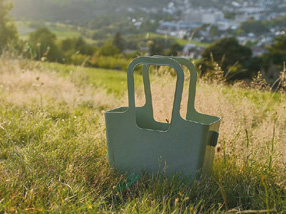
Despite the ongoing crisis, many companies pushed their own sustainability forward, e.g. with alternative materials or steps towards climate neutrality.
The fact that in the middle of the year people were talking about future themes like sustainability and digitalisation again rather than about Corona, was a sign that the economy was picking up again. Accordingly, many companies also reported about a good initial phase of the at the moment especially important Christmas business. The rebooting of the economy after the Corona hibernation was however one of the reasons that led to new problems in the second half of the year: Due to the sudden increase in demand and the simultaneous shortages in raw materials, energy and skilled labour, the supply chains that were in many cases still weakened by the pandemic came to a halt. The result: Dramatic delivery delays in practically all branches of industry and markets and price increases of in some cases unprecedented dimensions. Many importers are not expecting the situation to calm down until late next year. As if that weren’t enough, the fourth Corona wave is now also curbing the upturn. Whereas countries like Spain, Italy and Portugal, which were initially hit particularly hard by the pandemic, have in the meantime got the infection rates well under control and can boast exemplary vaccination rates, Austria recently imposed a new lockdown and made the Corona vaccination obligatory by law. In the Netherlands there were violent riots against the government’s Corona measures and the USA are meanwhile warning people against travelling to Germany, where the legislator is also thinking out loud about compulsory vaccinations in the light of the exponentially rising infection rates.
For many the current measures have come too late – after twenty months of the pandemic, neither the citizens nor the entrepreneurs want to be continually reminded about their own resilience, whilst the political decisionmakers in many European states are obviously riding on a wave of indecision and aimlessness. However, falling into resignation, doesn’t help anyone. The past crisis year underlined the fact that there is still a need for haptic advertising and it pays off to continue investing in services, one’s own creativity and future projects. That is one cognition after one and a half years of pandemic occurrences, which at least provides a little orientation towards the turn of the year, which is once again characterised by great uncertainty.
// Till Barth
Photos: Archive WA Media




